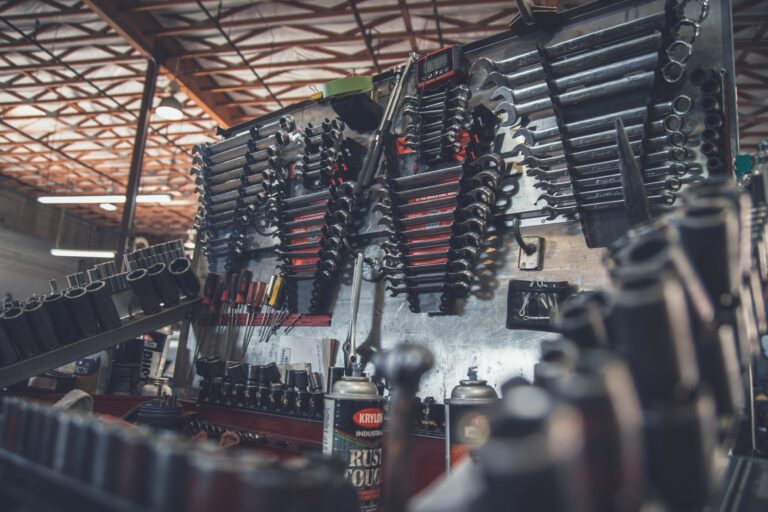ในยุคที่เกมสล็อตออนไลน์ได้รับความนิยมสูงสุด โปรโมชั่น เครดิตฟรี กลายเป็นสิ่งที่ผู้เล่นทั้งใหม่และเก่ามองหาอยู่เสมอ โดยเฉพาะ เครดิตฟรี วันนี้ ล่าสุด ที่มีการอัปเดตใหม่ทุกวัน ทำให้ผู้เล่นไม่พลาดโอกาสรับโบนัสที่คุ้มค่าและตรงกับความต้องการมากที่สุด
ทำไมต้องเลือกเครดิตฟรีวันนี้ ล่าสุด?
- อัปเดตแบบเรียลไทม์ – โปรโมชั่นใหม่จะถูกปล่อยทุกวัน ทำให้ผู้เล่นได้สิทธิ์ก่อนใคร
- สิทธิ์พิเศษรายวัน – หลายเว็บจัดโบนัสพิเศษเฉพาะวันนี้ เช่น เครดิตฟรี 50, เครดิตฟรี 100 หรือฟรีสปิน
- เพิ่มทุนการเล่นโดยไม่ต้องลงทุนมาก – ผู้เล่นสามารถนำเครดิตฟรีไปทดลองเล่นได้ทันที
ประเภทของเครดิตฟรีที่มักพบ
- เครดิตฟรีสมัครใหม่ สำหรับผู้ที่เพิ่งสมัครสมาชิก
- เครดิตฟรีไม่ต้องฝาก ไม่ต้องแชร์ รับได้ทันที
- เครดิตฟรีกดรับเอง เลือกกดได้จากหน้าโปรโมชั่น
- เครดิตฟรีตามกิจกรรม เช่น วันพิเศษหรือเทศกาล
สิ่งที่ควรระวังก่อนรับโปรโมชั่น
แม้ว่า เครดิตฟรี วันนี้ ล่าสุด จะดูน่าสนใจ แต่ก็มีข้อควรระวัง เช่น
- อ่านเงื่อนไขการถอนเงิน เช่น ต้องทำเทิร์นกี่รอบ
- โปรโมชั่นบางแบบอาจจำกัดจำนวนสิทธิ์ต่อวัน
- ตรวจสอบความน่าเชื่อถือของเว็บไซต์ทุกครั้ง
สรุป
เครดิตฟรี วันนี้ ล่าสุด เป็นอีกหนึ่งโอกาสที่ผู้เล่นไม่ควรพลาด เพราะช่วยให้ได้โบนัสใหม่ ๆ ทุกวันและเพิ่มทุนในการเล่น แต่เพื่อให้มั่นใจว่าคุ้มค่า ควรตรวจสอบรายละเอียดก่อนทุกครั้ง หากสนใจสามารถติดตามได้ที่ 👉 เครดิตฟรี วันนี้ ล่าสุด


